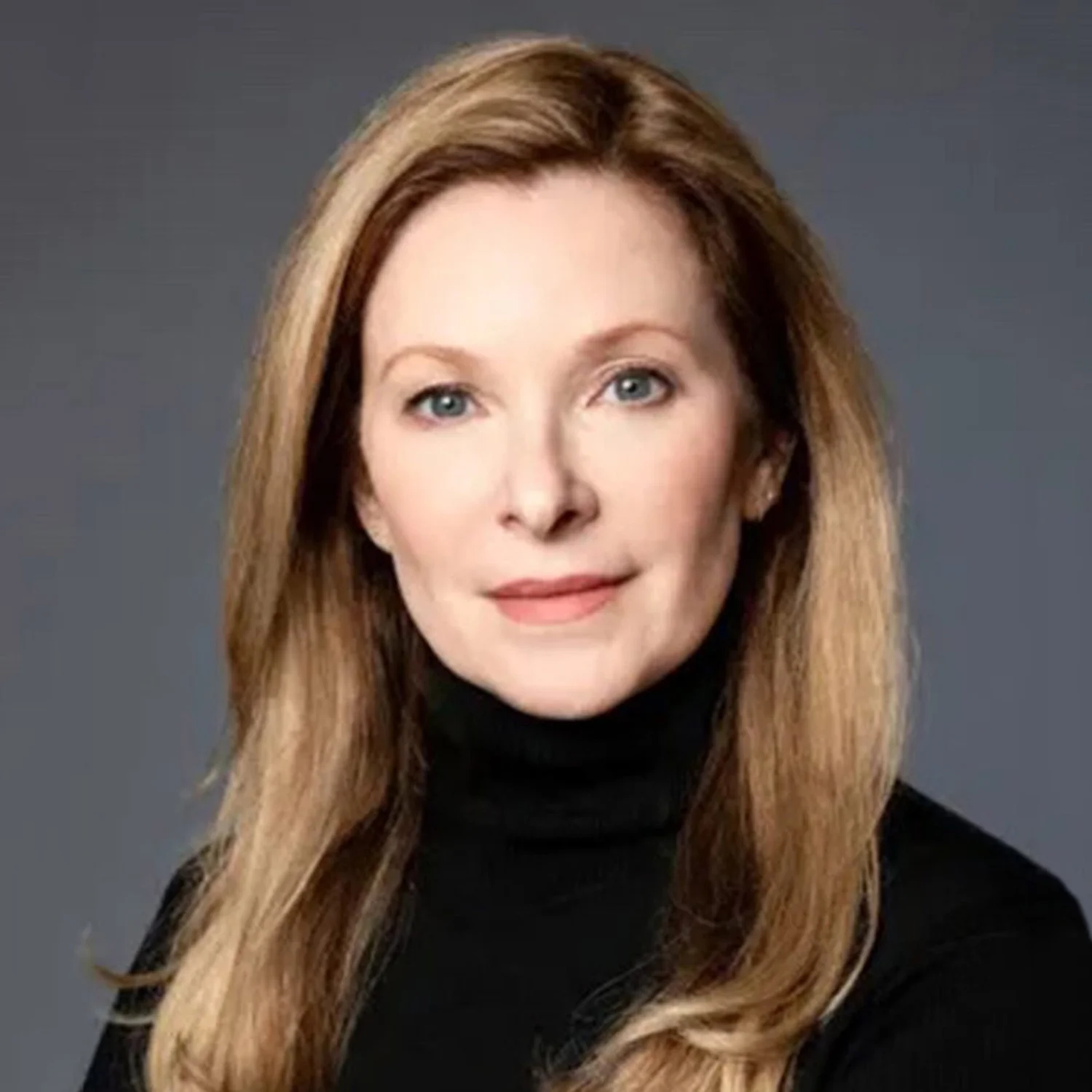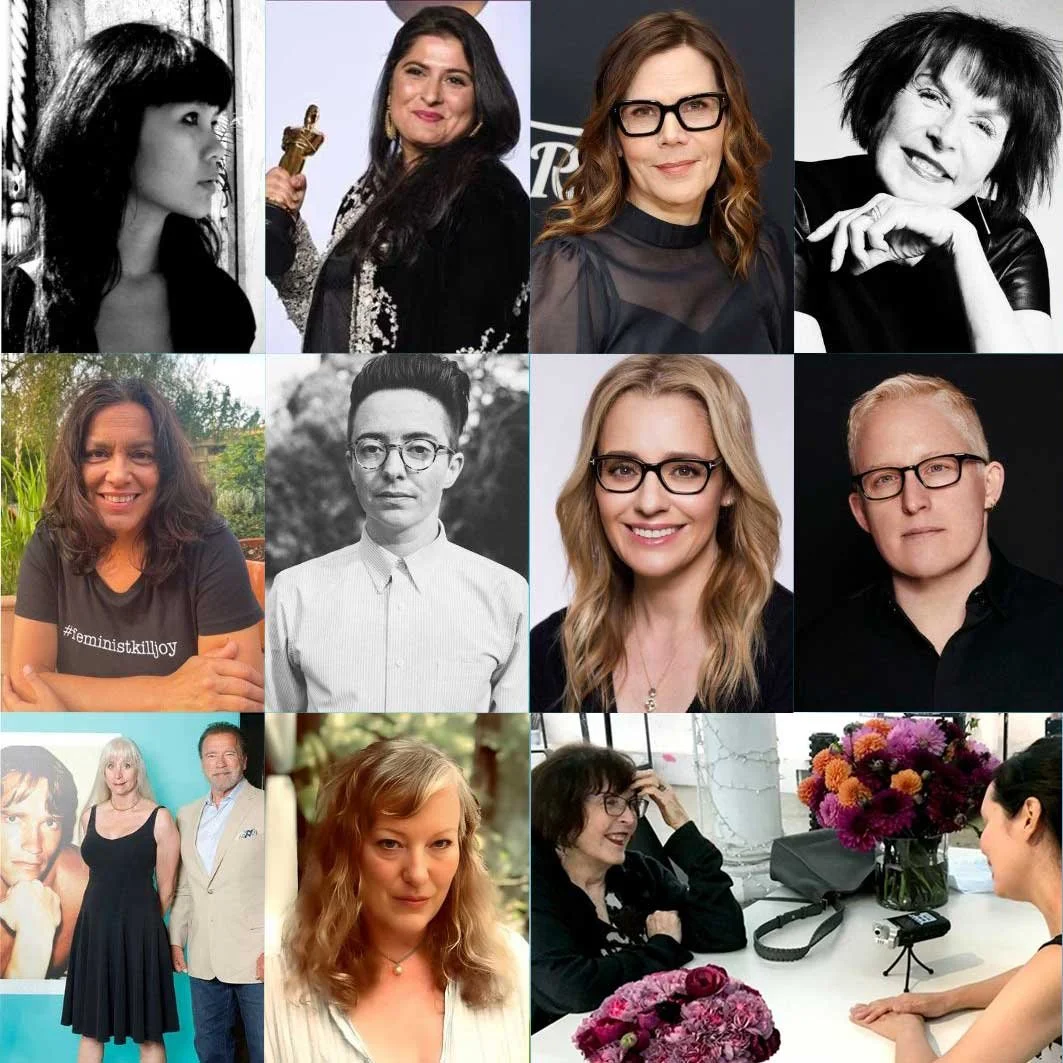
Art · The Creative Process: Artists, Curators, Museum Directors Talk Art, Life & Creativity
Author: Artists, Curators, Museum Directors Talk Art & Creativity · Creative Process Original Series
Subscribed: 23Played: 295Description
Art episodes of the popular The Creative Process podcast. We speak to artists, curators, museum directors about their work & how they made their creative careers. To listen to arts episodes across a variety of disciplines, follow our main podcast: “The Creative Process · Arts, Culture & Society”. You’ll find us on Apple: tinyurl.com/thecreativepod, Spotify: tinyurl.com/thecreativespotify, or wherever you get your podcasts!
Exploring the fascinating minds of creative people. Conversations with writers, artists & creative thinkers across the Arts & STEM. We discuss their life, work & artistic practice. Winners of Oscar, Emmy, Tony, Pulitzer, leaders & public figures share real experiences & offer valuable insights. Notable guests and participating museums include: Laurent Le Bon (Centre Pompidou, Fmr. Musée Picasso), Dwandalyn Reece (Smithsonian Nat’l Museum of African American History & Culture), Chris Dercon (Grand Palais · Fmr. TATE Modern), Mechtild Rössler (UNESCO World Heritage Centre), Dimitrios Pandermalis (Acropolis Museum), Marilyn Minter, Ian Wardropper (The Frick Collection), Hans-Ulrich Obrist (Serpentine Galleries), Mark Seliger, Paul Chaat Smith (Smithsonian National Museum of the American Indian), Susan Fisher Sterling (National Museum of Women in the Arts, Ioannis Trohopoulos (Stavros Niarchos Foundation Cultural Center), Richard Flood (New Museum), John Marciari (Morgan Library & Museum), Jacques Villeglé, Nicole Fleetwood, Sébastien Gokalp (Musée national de l'histoire de l’immigration, Fondation Louis-Vuitton), Ralph Gibson, Jennifer Flay (FIAC), Bénédicte Alliot (Cité Internationale des Arts), Mojeb Al Zahrani (Institut du Monde Arabe), Valerie Steele (Museum at the Fashion Institute of Technology), Eric Fischl, Alicia Longwell (Parrish Art Museum), George Manginis (Benaki Museum), Elissa Auther (Museum of Arts and Design), Christina Mossaides Strassfield (Guild Hall of East Hampton), among others.
The interviews are hosted by founder and creative educator Mia Funk with the participation of students, universities, and collaborators from around the world. These conversations are also part of our traveling exhibition. www.creativeprocess.info
For The Creative Process podcasts from Seasons 1 2 3, visit: tinyurl.com/creativepod or creativeprocess.info/interviews-page-1, which has our complete directory of interviews, transcripts, artworks, and details about ways to get involved.
 United States
United States





















